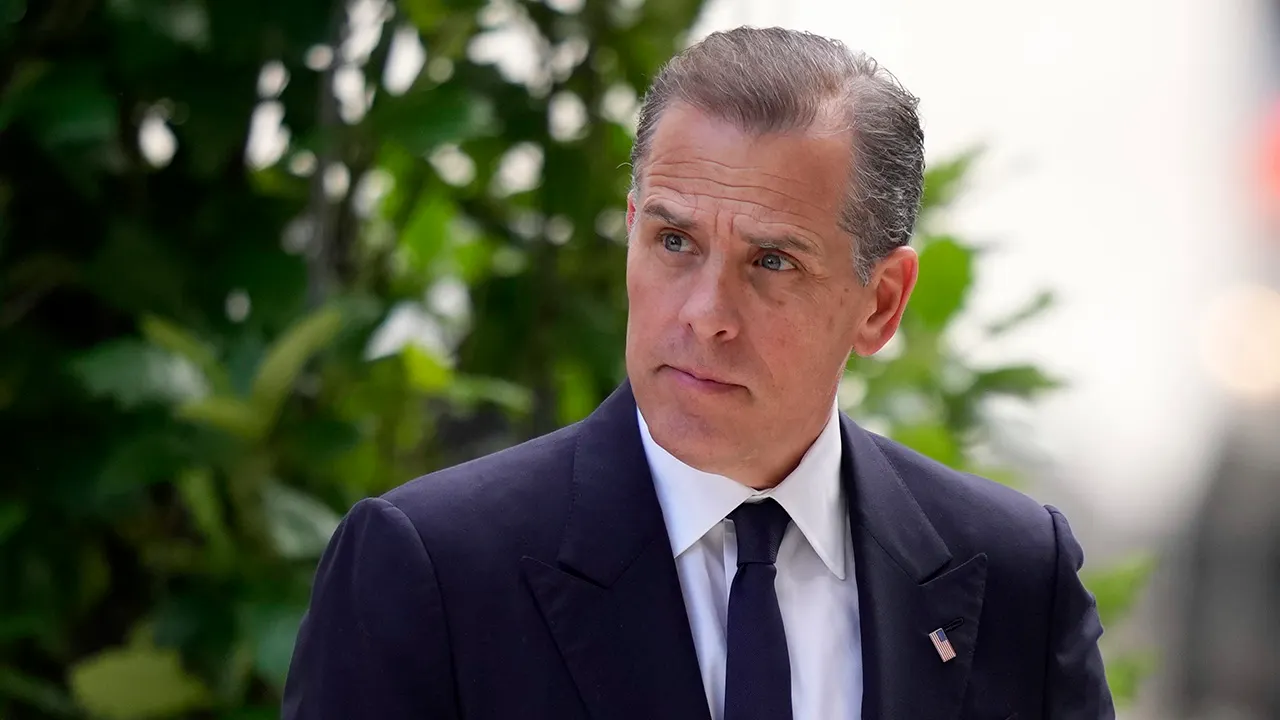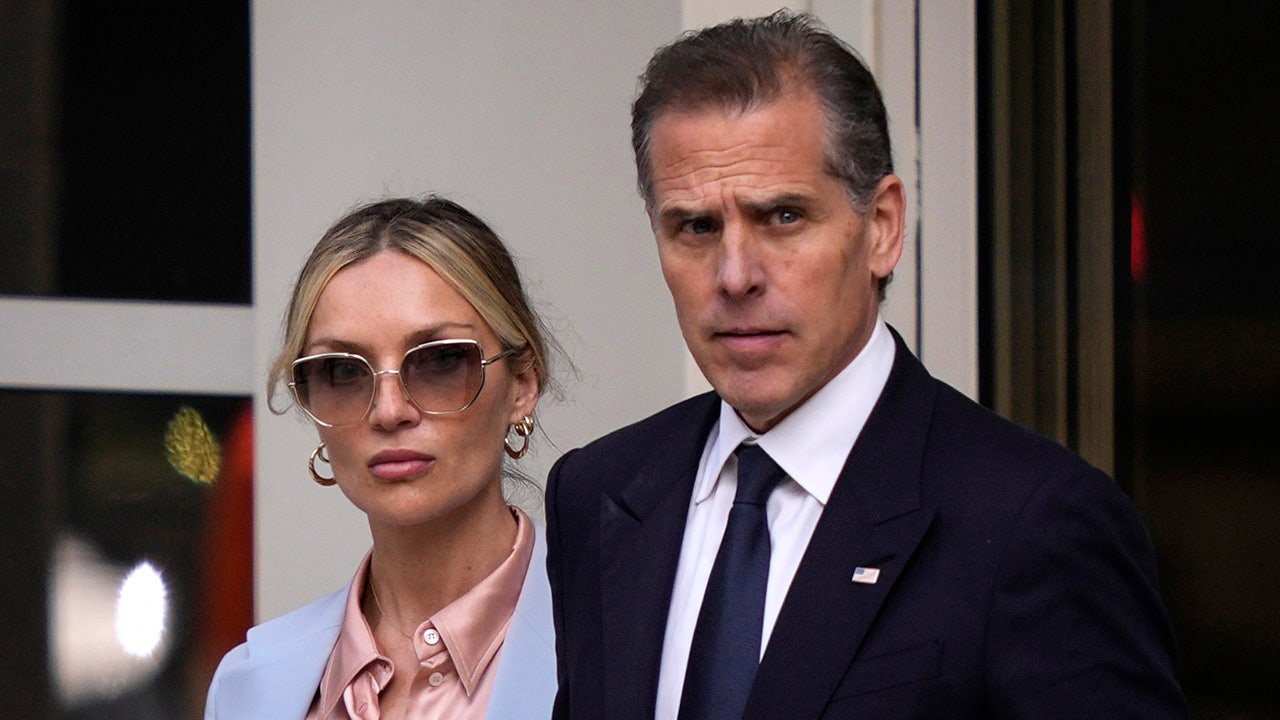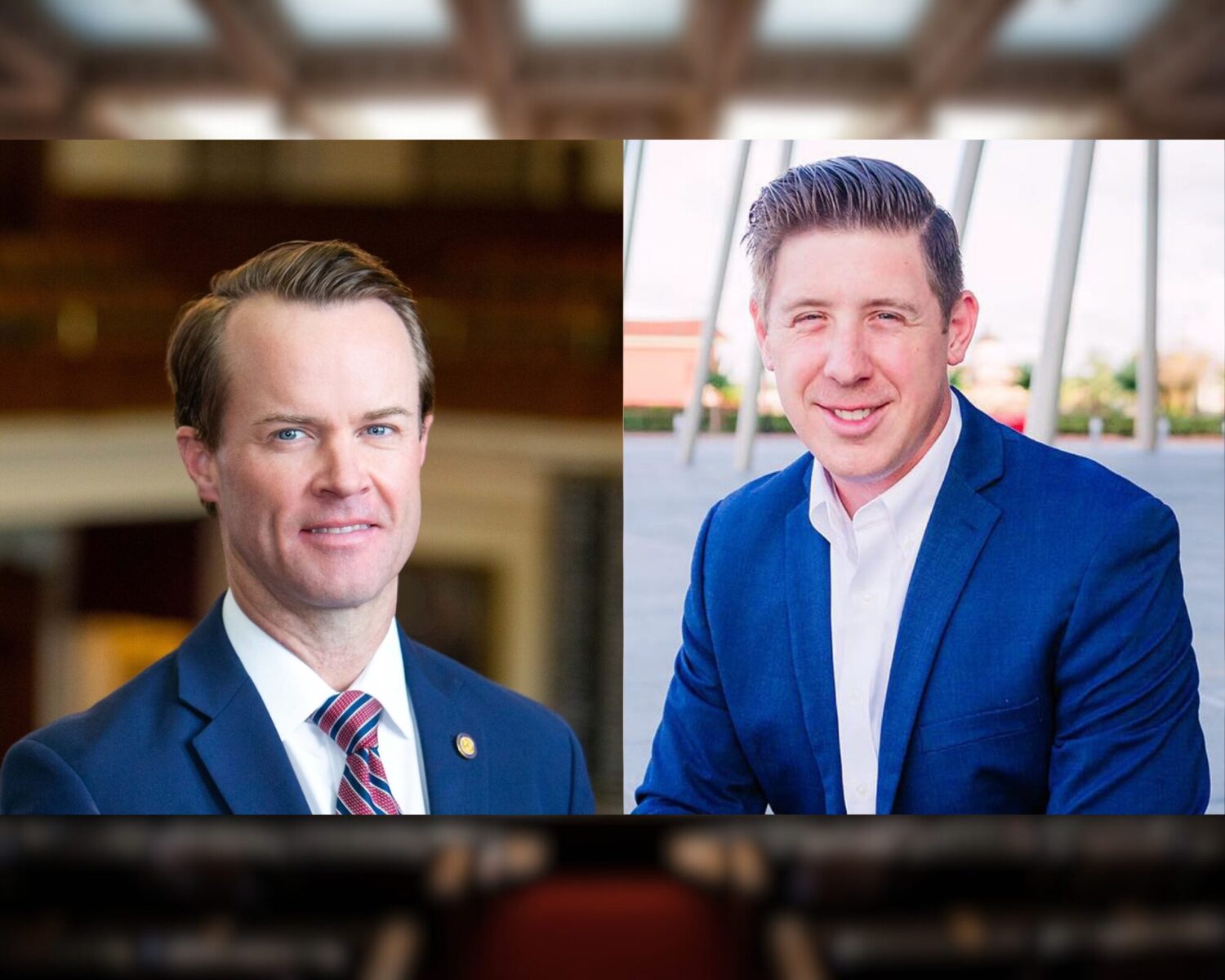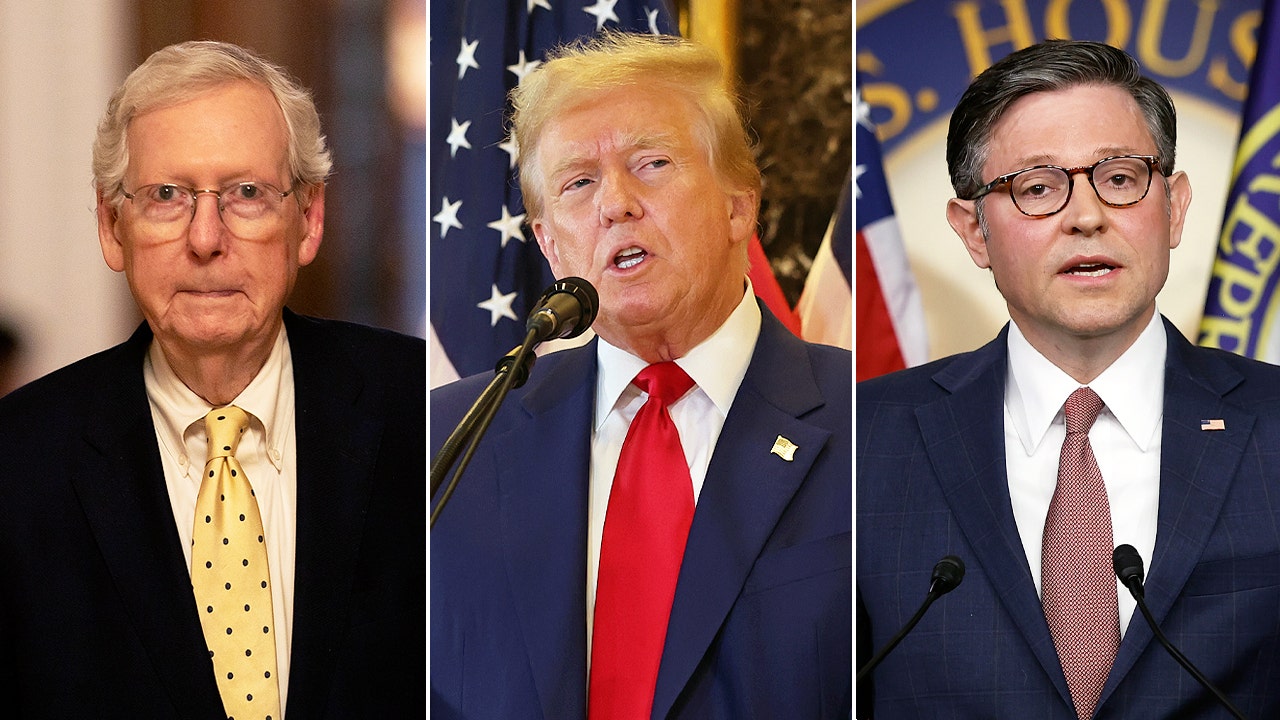Finance
Expanding trade opportunities in developing economies through enhanced finance solutions

As we sail through the choppy waters of global trade in 2024, we find ourselves in a world transformed by both financial and geopolitical shifts. The ongoing conflicts, such as the Russia-Ukraine war, Middle East tensions, and the ever-fluctuating oil prices, are reshaping our global economic landscape, impacting everything from energy markets to the financial stability of nations.
Amidst this, the global trade finance gap has notably widened, reaching a staggering $2.5 trillion in 2022, up from $1.7 trillion in 2020, as per the Asian Development Bank’s report.
The global trade landscape, particularly in developing regions such as Africa, Southeast Asia, and Latin America, stands at a critical crossroads. Trade financing has emerged as a pivotal force, potentially reshaping the future of international commerce.
Over the past decade, these regions have faced numerous challenges hindering trade growth, including fluctuating commodity prices, fierce competition, scarcity of foreign exchange liquidity, regulatory barriers, and constrained access to trade finance. Despite these hurdles, trade continues to be a cornerstone for the social and economic advancement of developing economies.
The state of trade finance across developing regions
The trade finance market in developing regions has seen a decline in bank participation rates, largely due to risk aversion and stringent regulatory demands. For instance, Africa’s trade finance gap averaged around $91 billion between 2011 and 2019, a situation mirrored in other developing areas, albeit with regional variances.
The COVID-19 pandemic further compounded these challenges, disrupting supply-demand dynamics across continents. Institutions like the African Development Bank (AfDB), the African Export-Import Bank (Afreximbank), and their counterparts in other regions are spearheading initiatives to mitigate these gaps and foster intra-regional trade.
Trade finance for SMEs
For SMEs, navigating the global market is made feasible through the essential support of trade finance. This financial framework, representing about 3% of global trade or roughly $3 trillion annually, offers a variety of instruments such as purchase order finance and letters of credit.
These tools are pivotal in helping SMEs manage risks, improve cash flow, grow their operations, and fulfil larger contracts. Such financial support is a cornerstone for economic development, ensuring the continuity of credit flow within international supply chains.
Additionally, addressing the need for a flexible and responsive trade finance ecosystem, collaborative efforts between governments, international bodies, and the private sector are underway. One initiative is the Global Trade Liquidity Program, a partnership between the International Finance Corporation (IFC) and over 30 international banks, aimed at increasing liquidity in the trade finance market.
This program exemplifies practical steps toward enhancing the capacity of trade finance to support SMEs and stimulate economic development in vulnerable regions.
Enhancing intra-regional trade through trade finance
In developing regions, trade finance plays a pivotal role in enhancing intra-regional trade. It addresses the typical financial challenges that businesses in these regions face, such as limited access to credit and high risks associated with international transactions. Trade finance instruments like letters of credit and trade credit insurance provide a safety net for businesses, encouraging them to engage in cross-border trade within the region.
The impact of trade finance is significant in developing economies, where it can lead to increased trade volumes, economic growth, and regional integration. By providing the necessary financial support, trade finance helps small and medium-sized enterprises (SMEs) in these regions overcome liquidity constraints, enabling them to participate more actively in the regional market.
Furthermore, trade finance initiatives often come with capacity-building components that enhance the trade infrastructure and regulatory frameworks, further facilitating intra-regional trade.
Initiatives like the African Continental Free Trade Area (AfCFTA), launched in 2021, aim to bolster intra-African trade by streamlining transport infrastructure, cutting through bureaucratic red tape, and boosting funding and liquidity.
Similar initiatives in other developing regions seek to diversify economies, enhance production capacities, and broaden product ranges. Integrating neighbouring economies could foster scale and competitiveness, promoting development and attracting foreign investment.
Case study: M-Pesa
Digitalisation and innovation are transforming the landscape of trade finance in developing regions. The integration of technologies such as blockchain, artificial intelligence, and big data analytics into trade finance processes is making transactions more efficient, transparent, and secure.
Blockchain technology, for example, is being used to create immutable and transparent records of transactions, reducing the likelihood of fraud, and enhancing trust among trade partners. Digital platforms are also streamlining the process of applying for and managing trade finance products, making it more accessible to SMEs.
Furthermore, the digitalisation of trade documents and the use of electronic signatures are speeding up the transaction process, reducing the time and cost involved in cross-border trade. This is particularly beneficial for developing regions where traditional trade finance processes can be slow and cumbersome.
To further illuminate the impact of digitalisation and innovation in trade finance, consider the case study of Kenya’s M-Pesa system.
M-Pesa revolutionised mobile banking and payments in Kenya, significantly improving SMEs’ access to finance and market participation. This example shows the potential for similar digital financial solutions to bridge the global trade finance gap by offering secure, accessible, and efficient transaction platforms.
Navigating the future of trade finance in developing regions
As the trade finance sector enters a dynamic new phase, the focus is on innovative solutions and the involvement of Development Finance Institutions (DFIs) to spur growth. Despite geopolitical uncertainties and supply chain disruptions, there’s a palpable sense of optimism about digitalisation, financial inclusion, and the supportive role of DFIs. The International Monetary Fund (IMF) data indicates a surge in exports from developing regions, highlighting a resurgence in trade activities.
Developing regions face a complex set of challenges in their trade finance landscapes, but ongoing efforts in digitalisation, policy reforms, and DFI support offer a hopeful outlook.
Bridging the trade finance gap and harnessing innovative solutions are essential for unleashing the trade potential of these economies. Such efforts are key to driving economic growth and fostering sustainable development, ensuring that trade continues to serve as a vital engine for social and economic progress across developing regions.
As we look ahead, the focus should be on creating a trade finance ecosystem that is agile, responsive, and attuned to the evolving needs of a diverse global economy. This journey isn’t just about moving money; it’s about building resilience, fostering inclusivity, and ensuring sustainable growth.
On the other hand, companies in countries with high risks should explore setting up operations in regional markets. This would enable them to have greater access to trade finance as well as non-conventional financing solutions.
Additionally, traditional regional suppliers are more flexible in working with companies based in such regional locations. Companies should also focus on attracting and retaining the right talent. Talents who are equipped with relevant expertise in relationships with customers in demand markets, key suppliers, and access to financial institutions are essential. Such expertise reduces the chances of failure and further accelerates the growth journey.

Finance
Pak may borrow $23 bn in next fiscal year to finance development plans

These nations and international creditors are now dictating their terms due to their unending dependency on them | Photo: Shutterstock
Pakistan has planned to borrow a minimum of $23 billion in the next fiscal year, including the rollover of a bilateral debt of $12 billion, to finance its development plans and meet its external financing requirement which will keep the cash-strapped country’s foreign and economic policies dependent on global financial institutions like the IMF, according to a media report on Thursday.
Budget documents for fiscal year 2024-25 showed that Pakistan would borrow at least $23.2 billion, or Rs 5.9 trillion, which did not include any loan from the International Monetary Fund (IMF), The Express Tribune newspaper reported, adding that the International Monetary Fund’s loan will be for balance of payments support.
Out of the $23 billion, the government has included $20 billion in budget documents. It has not made the rollover of $3 billion by the United Arab Emirates (UAE) part of federal books as it is also meant for balance of payments support.
Details showed that Pakistan would take $19 billion in loans for budget financing and building its foreign exchange reserves. The amount appears colossal, which will keep the country’s foreign and economic policies dependent on the IMF, the World Bank, Saudi Arabia, China, the UAE and the Islamic Development Bank.
These nations and international creditors are now dictating their terms due to their unending dependency on them.
Prime Minister Shehbaz Sharif has claimed that he has received investment pledges of $15 billion from Saudi Arabia and the UAE but so far these promises have not translated into concrete agreements.
After being unable to acquire new debt from foreign commercial banks, the government has once again budgeted $3.9 billion worth of foreign commercial loans in the new fiscal year. However, in the outgoing year, China rolled over $1 billion of commercial debt.
There was hope that the international credit rating agencies would improve Pakistan’s junk rating under the $3 billion IMF’s standby arrangement. However, political and economic vulnerabilities prevented them from improving Pakistan’s standing.
Finance Minister Muhammad Aurangzeb said on Tuesday that the rating agencies were waiting for approval of the new Extended Fund Facility of the IMF. In case of further delay in the improvement of the ratings, the government’s plan of raising $4.9 billion through Eurobond and foreign commercial loans would not materialise.
The government had estimated the receipt of $6 billion from sovereign bonds and foreign commercial loans in the current fiscal year. After such deals could not be clinched, the State Bank of Pakistan bought an equal amount from the Pakistani markets.
The government has once again included the rollover of $5 billion in cash deposits from Saudi Arabia. This shows that the country will not be able to return the money out of which $3 billion had been taken in 2019 for just one year.
However, Saudi Arabia has not agreed to extend the oil facility of $1 billion to the next fiscal year, prompting the government to exclude it from the projection of external loan receipts. Similarly, the government has not included any new loan from Saudi Arabia for the import of petrol.
China’s $4 billion in cash deposit has again been added to the rollover queue, of which $2 billion is maturing next month.
The UAE’s financing has not been added to the federal borrowing plan since the money has been given for the balance of payments support, which will be serviced by the central bank from its profits. Out of the $3 billion, $1 billion is maturing next month.
The government has also estimated a new loan of $500 million from the Islamic Development Bank and $465 million on account of Naya Pakistan Certificates. Around $1.1 billion will be borrowed to finance the federal Public Sector Development Programme, according to the paper.
(Only the headline and picture of this report may have been reworked by the Business Standard staff; the rest of the content is auto-generated from a syndicated feed.)
First Published: Jun 13 2024 | 2:19 PM IST
Finance
Inside the bill that oculd change the future of campaign finance, NC politics

A bill on Gov. Roy Cooper’s desk limits mask use during protests and would loosen state campaign finance laws.
Web Editor : Mark Bergin
Reporter : Laura Leslie
Photographer : Jendaya Fleming
Posted
Finance
Senate Finance Committee Releases Excoriating Investigation of Abuse in At-Risk Youth Industry

After years of facing criticism for wrongdoing and mistreatment of patients, the at-risk youth industry was blasted in a report released on Wednesday by the U.S. Senate Finance Committee.
The report and communications from the committee chairman, Sen. Ron Wyden (D-Ore.), conclude that systemic harm and abuse are “routine” parts of the at-risk youth industry. It delves into specific incidents at facilities owned and/or operated by some of the industry’s most prominent players: Universal Health Services (NYSE: UHS), Acadia Healthcare Co. Inc. (Nasdaq: ACHC), Devereux Advanced Behavioral Health and Vivant Behavioral Healthcare.
“The harms, abuses, and indignities children in [residential treatment facilities] have experienced and continue to experience today occur inevitably and by design: they are the direct causal result of a business model that has incentive to treat children as payouts and provide less than adequate safety and behavioral health treatment in order to maximize operating and profit margin,” the report states.
The presentation of the report also enlisted the support of socialite and media personality Paris Hilton, a staunch critic and self-described survivor of the at-risk youth industry. The Senate Finance Committee also hosted a hearing on Wednesday to discuss the report’s findings.
Hilton, Wyden, the report itself and several others call on Congress to act.
“Providers will continue to operate this model because it’s good business, unless there is some bold intervention,” the report states.
Wyden’s Republican counterpart, Senate Finance Committee Ranking Member Mike Crapo, also called for reforms. In a statement, Crapo said that the report’s findings were “deeply disturbing” and that “chronic patterns of failure must not go unnoticed or unaddressed.”
The report finds that understaffing, restraints (both physical and chemical), poor care and a general lack of oversight within and of residential treatment facilities were typical for the industry.
The action contemplated by the report and the Senate Finance Committee centers on elevated scrutiny of the industry and the role of government payers supporting these operations. The report and proceedings focus on what they call residential treatment facilities, which focus on providing care to children on a long-term basis.
The Senate Finance Committee report’s recommendations are summarized into three points: ensuring safe and dignified treatment in home-like settings, government prioritization of community-based services and more effective oversight of standards of and funding for facilities. These three specific recommendations should be taken up by Congress, the report states.
It calls on state governments to use existing authority to favor community-based services, calling many states’ historic reliance on residential treatment facilities inappropriate, and to “ramp up their oversight capabilities for youth in both in-state and out-of-state facilities.”
The report also calls on the U.S. Department of Justice to enforce Title II of the Americans with Disabilities Act to ensure that violations of so-called “Olmstead” standards are addressed within the at-risk youth industry. These provisions require that people be treated for severe conditions in the least restrictive setting possible.
“After reading it (the report), I honestly have never felt so seen and heard: it validates everything that I’ve been fighting for over the past four years,” Hilton said in a video statement released Wednesday morning. “As a survivor, please do something. I am begging you to protect your constituents before it’s too late.”
The committee meeting featured subject matter experts who testified before the Senate Finance Committee. Wyden said during his prepared remarks that Marc Miller, the CEO of UHS, was invited to participate in the meeting and that UHS was invited to engage with the committee’s investigators. UHS and Miller declined to do so; Miller was listed as a witness in notices for the meeting but did not attend.
On top of the recent public pillorying, Acadia Healthcare and UHS have seen substantial financial ramifications for abuses recognized by the courts at their facilities.
In July 2023, a jury ruled against Acadia Healthcare in a civil lawsuit involving sexual abuse of a minor at a now-defunct facility that totaled $405 million. In October 2023, Acadia agreed to pay $400 million to settle three cases related to abuse at the facility.
In April, a court ruled against UHS to the tune of $535 million over an incident involving a child sexually abusing another child at a facility in Champaign, Illinois.
The report adds what some call “headline risk” to a modality of care that is replacing wilderness therapy. For example, Chandler, Arizona-based Embark Behavioral Health, a sizable care provider in the at-risk youth segment, is abandoning wilderness therapy altogether in hopes of transitioning these businesses into residential treatment facilities and investing more in outpatient offerings.
-

 Fitness1 week ago
Fitness1 week agoThe five simple exercises that are crucial in midlife
-

 Politics1 week ago
Politics1 week ago5 things to know about Hunter Biden trial
-

 World1 week ago
World1 week agoChina denies fuelling Russia-Ukraine war tensions, says it supports peace
-

 World1 week ago
World1 week agoEconomy, migration: Voters' main concerns ahead of elections
-

 News1 week ago
News1 week agoWhat is D-Day? How the Normandy landings led to Germany’s defeat in World War II | CNN
-

 Politics1 week ago
Politics1 week agoTrump campaign accelerates vetting of potential running mates
-

 World1 week ago
World1 week agoWill liberals be biggest losers of EU election?
-

 Politics1 week ago
Politics1 week agoHunter Biden trial enters 3rd day with cross-examination of FBI agent




/static.texastribune.org/media/files/3663955ba9bd18b9ed13a4916638cc23/0608%20Pride%20Fest%20Odessa%20CC%2028.jpg)












